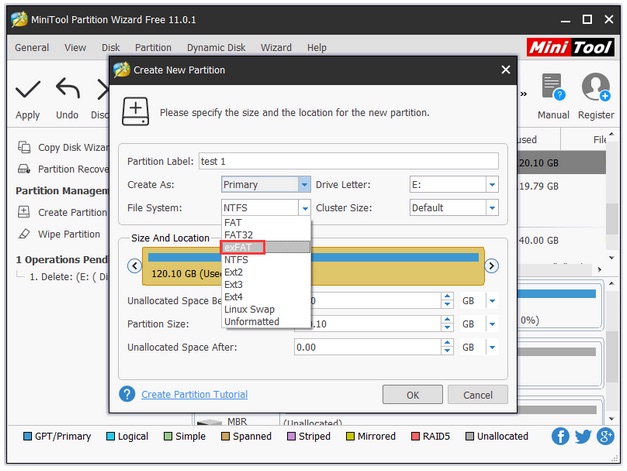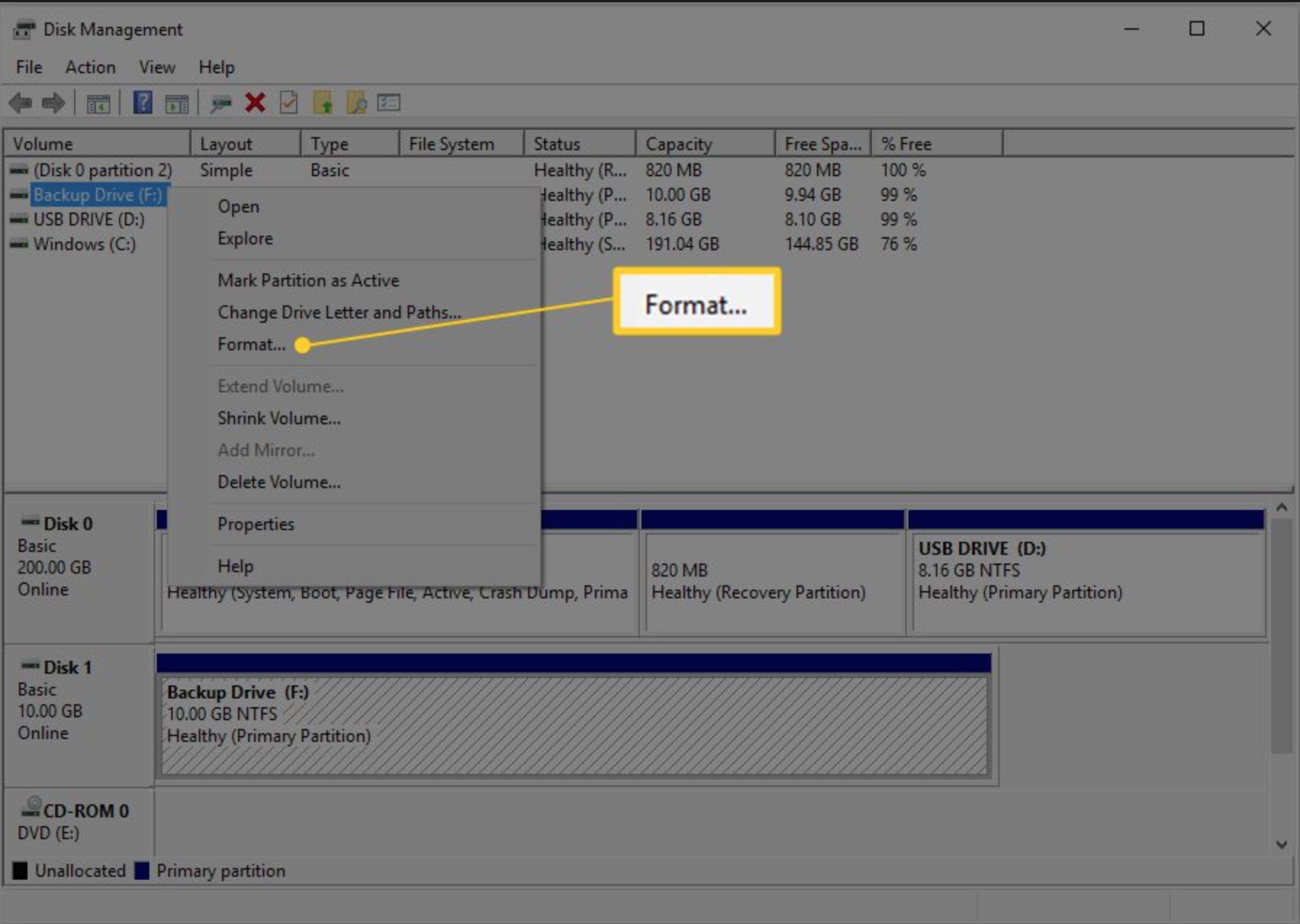

You can easily add or delete volumes in APFS containers. This is due to the fact that NTFS, the file system utilized by Windows PCs, has limited support on Mac. But writing to that drive Well, that's a little more complicated.

Just plug in the drive, then access the files you need to use. For example, folders named “Homework” and “HOMEWORK” are two different folders. Reading PC-formatted hard drives using your Mac is easy enough. For example, folders named “Homework” and “HOMEWORK” are two different folders.ĪPFS (Case-sensitive, Encrypted): Uses the APFS format, is case-sensitive to file and folder names, and encrypts the volume. Choose this option if you don’t need an encrypted or case-sensitive format.ĪPFS (Encrypted): Uses the APFS format and encrypts the volume.ĪPFS (Case-sensitive): Uses the APFS format and is case-sensitive to file and folder names.
#Format a mac hard drive for windows for mac#
Each volume uses only part of the overall container, so the available space is the total size of the container, minus the size of all the volumes in the container.Ĭhoose one of the following APFS formats for Mac computers using macOS 10.13 or later.ĪPFS: Uses the APFS format. If desired, you can specify reserve and quota sizes for each volume.
#Format a mac hard drive for windows free#
When a single APFS container has multiple volumes, the container’s free space is shared and is automatically allocated to any of the individual volumes as needed. Keep in mind that you can only format storage devices that are currently not in use. Right-click on it and select the Format option from the context menu. If the hard drive you want to format is connected to your PC, it should be there. And this must be changed in order to successfully format this drive for a Mac. To format a hard drive for Windows, open the File Explorer and click on This PC. Notice that this screen defaults to Master Boot Record this is the existing Windows NTFS format that is on the drive.

macOS 10.13 or later supports APFS for both bootable and data volumes.ĪPFS allocates disk space within a container (partition) on demand. When you click on that Options button, you will see the screen shown here. While APFS is optimized for the Flash/SSD storage used in recent Mac computers, it can also be used with older systems with traditional hard disk drives (HDD) and external, direct-attached storage. Apple File System (APFS), the default file system for Mac computers using macOS 10.13 or later, features strong encryption, space sharing, snapshots, fast directory sizing, and improved file system fundamentals.


 0 kommentar(er)
0 kommentar(er)
